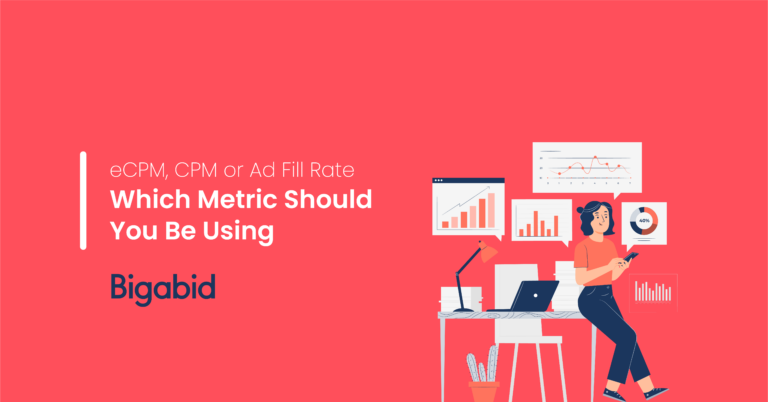
An Intro to eCPM and CPM
eCPM and CPM are some of the most common metrics in digital advertising. Nonetheless, publishers often have a hard time deciding which one does a better job monitoring the performance of their ad campaigns. The issue becomes more complex with the option to monitor ad fill rate as well.
This brief article will define the difference between all three and help illuminate best practices when utilizing these metrics.
Let’s start with the most basic, CPM. CPM stands for Cost-Per-Thousand Impressions or as abbreviated, Cost Per Mile. It’s the fixed price advertisers pay for each 1000 ad impressions. For publishers, CPM represents the revenue generated from these 1000 ad impressions. Your CPM price will be typically higher if your app’s traffic is more valuable as advertisers will be willing to pay more for your ad impressions.
The formula for CPM is the total cost of an ad campaign divided by the number of ad impressions and then multiplied by 1000.

For example, let’s say a publisher earned $1,000 for selling 1,000,000 ad impressions to an advertiser. The CPM = $1,000/$1,000,000 x 1000, so the CPM would be $1. This means that the publisher will earn $1 for every 1000 ad impressions he sells to that advertiser.
eCPM stands for Effective Cost-Per-Thousand Impressions, or as abbreviated, Effective Cost Per Mille. While eCPM and CPM represent ad revenue generated by a publisher from 1000 ad impressions, the difference lies in that eCPM is the overall average of multiple CPMs. Since your CPM price isn’t fixed, advertisers bid on each ad impression using various CPMs. eCPM gives you the combined average of all advertiser bids for your ad impressions. In addition, some of your ad inventory may be purchased using different bidding models. eCPM is used to determine how much you can earn across all bidding models.
The formula for eCPM is the total ad revenue divided by the total ad impressions multiplied by 1000.
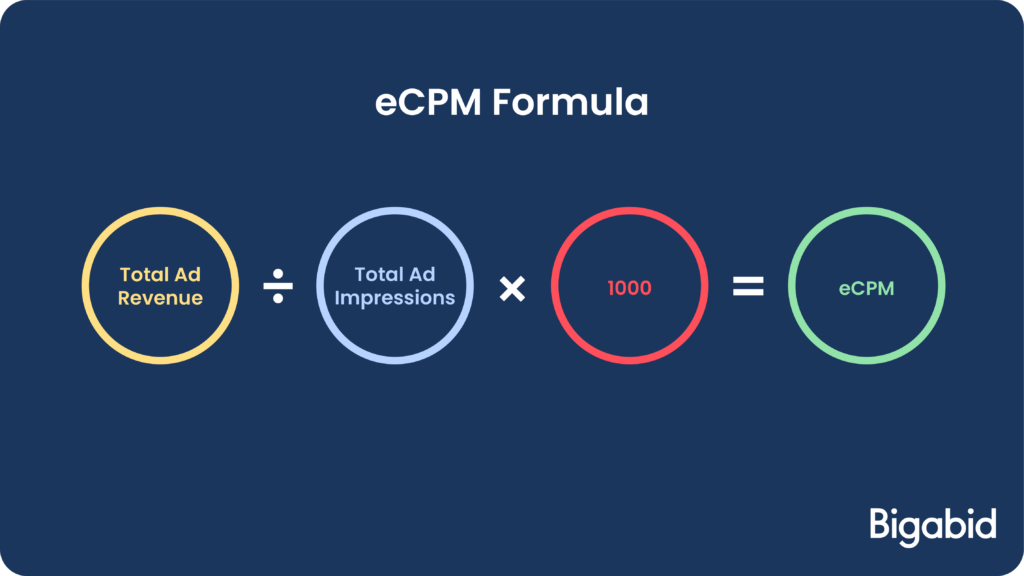
For example, let’s say that there were two campaigns running on your app. The CPM for the first campaign was $1 and the CPM for the second campaign was $3. For both campaigns, the advertiser bought 1000 ad impressions. eCPM = $4 ($1 + $3)/ 2000 (1000 + 1000) x 1000. The eCPM would be $2.
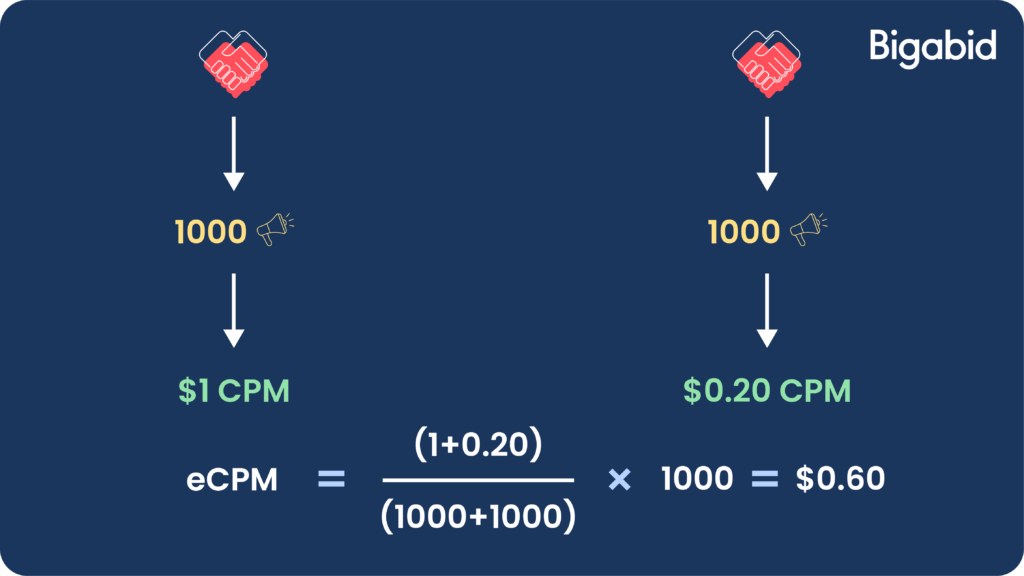
Note that none of the buyers paid a CPM of $2, but the eCPM metric helped the publisher better understand the value of their 2000 ad impressions. In addition, different ad networks might monetize parts of publishers’ ad inventory with different rates of eCPM.
As Fill Rate is an app metric that measures ad network performance. It is the percentage of ad requests that are filled by the ad networks an app developer is working with.
Ad Fill Rate is calculated by dividing the number of ad impressions an app actually serves by the number of times an app requested an ad from a network.
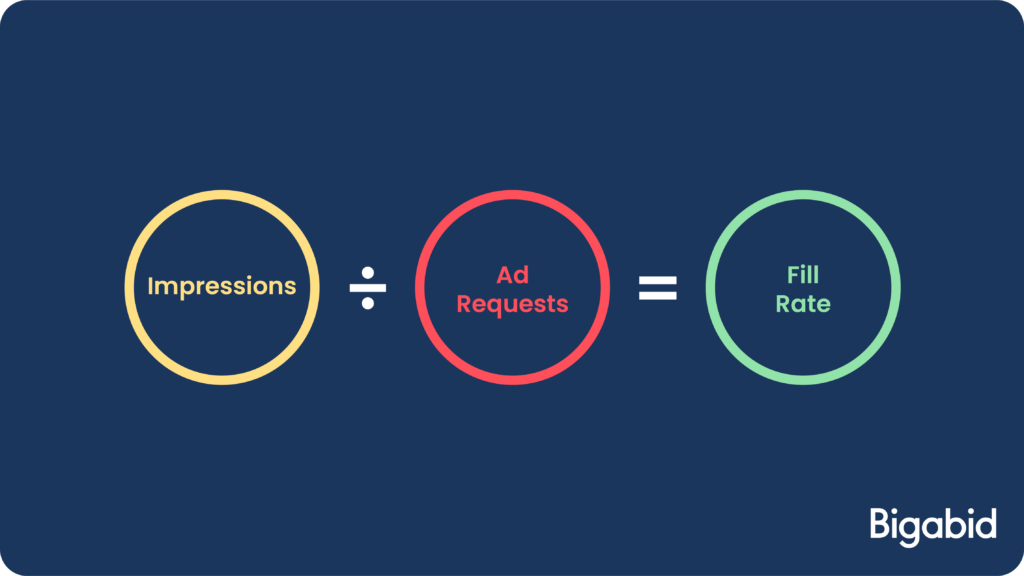
The higher the fill rate the more ad revenue for you. In addition, ad fill rate helps you understand how your inventory is being used, which can validate the demand for your inventory.
Learn more in 4 Steps to Maximize Your Ad Fill Rate.
1) Finding the Right Ad Network for Your App
2) Use a mobile ad mediation platform
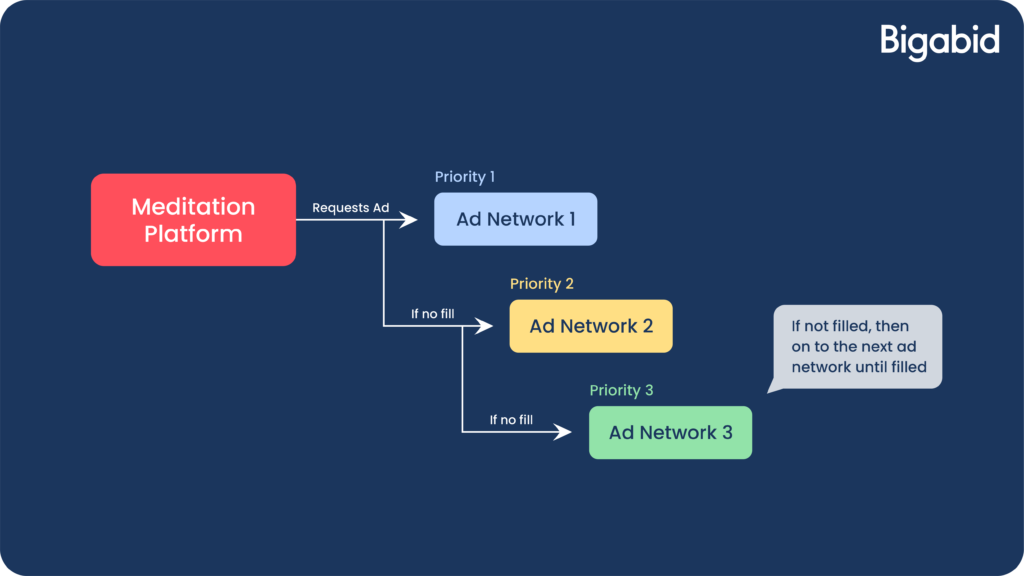
Read More About Mobile Ad Mediation.
3) Avoid the Waterfall Model
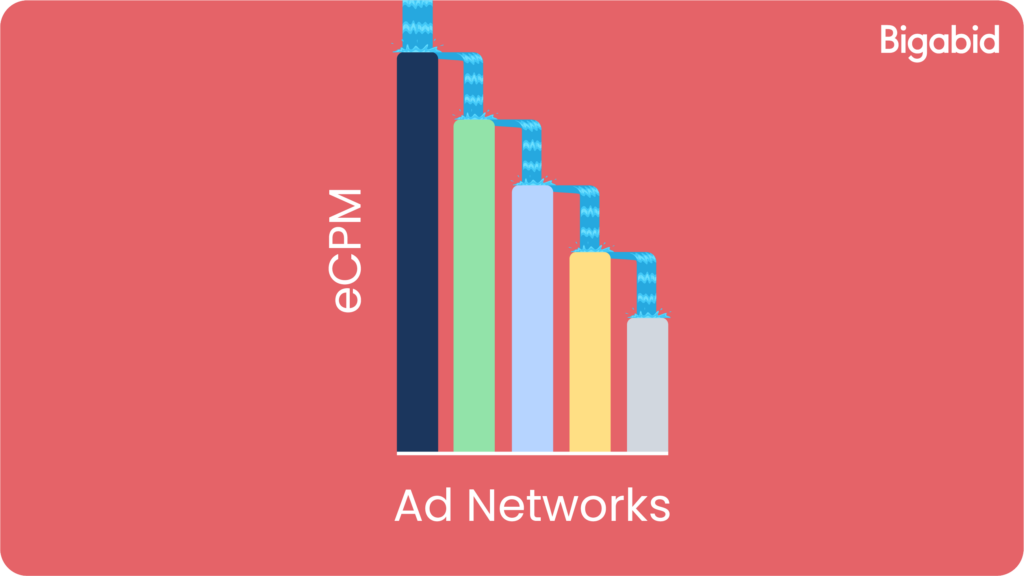
4) Choose Header-Bidding
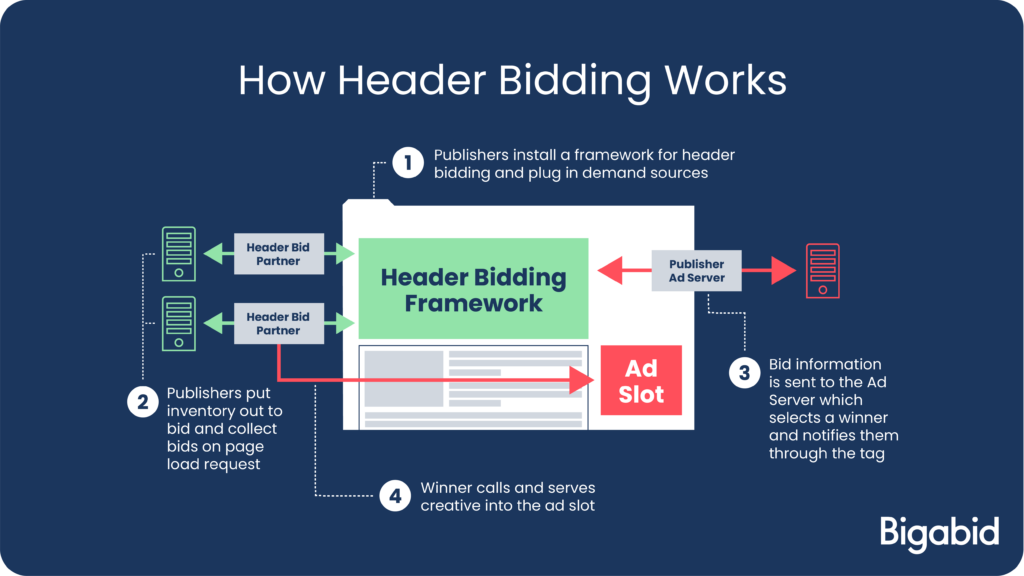
Read More About Waterfall vs Header-Bidding.
CPM is more effectively expressed in eCPM, and today the terms are mostly interchangeable since eCPM is an average of CPM.
Here is a rundown on why eCPM is now the industry standard –
Though Ad Fill Rate is very useful in understanding the value of your inventory and how it can be used, some ad networks may try to reduce the number of impressions they say they have used. They may explain that the ad their fill rate is higher to inflate the eCPM.
For example, if you give an ad network 1,000,000 impressions, even if they only filled 10% of them, you will need to use the full 1,000,000 to work out your effective CPM.
Though Ad Fill Rate is a great way to better understand how your inventory is utilized, CPM is a more accurate metric. But remember, high CPMs don’t always equal high ad revenue, nor do they represent the overall value of your sold ad inventory. It’s best practice to focus on your eCPM to monitor overall ad revenue.
Beyond that, Bigabid focuses mainly on ROAS. It’s our belief that you should always calculate the money you are paying like, fees & commissions that have been taken by an ad platform, network, or other partners as part of your overall advertising spend. Otherwise, you are comparing apples with oranges. We find that our partners are happiest with a positive ROAS even when CPM, eCPM, or Ad Fill Rates vary. Get in touch to get a positive ROAS for your app.